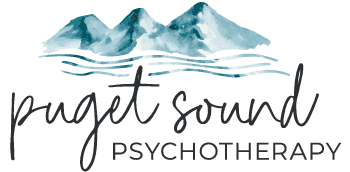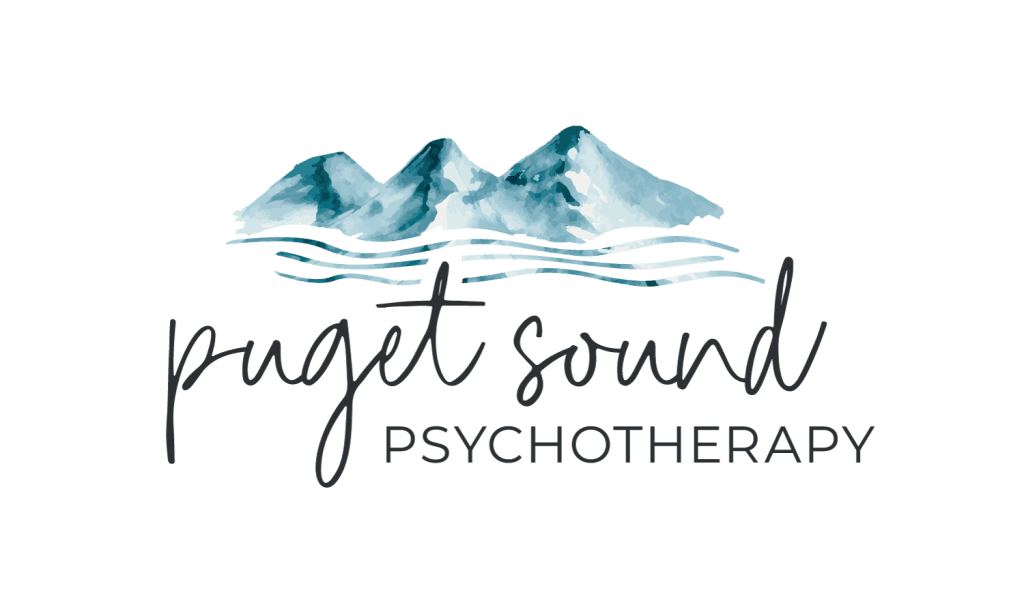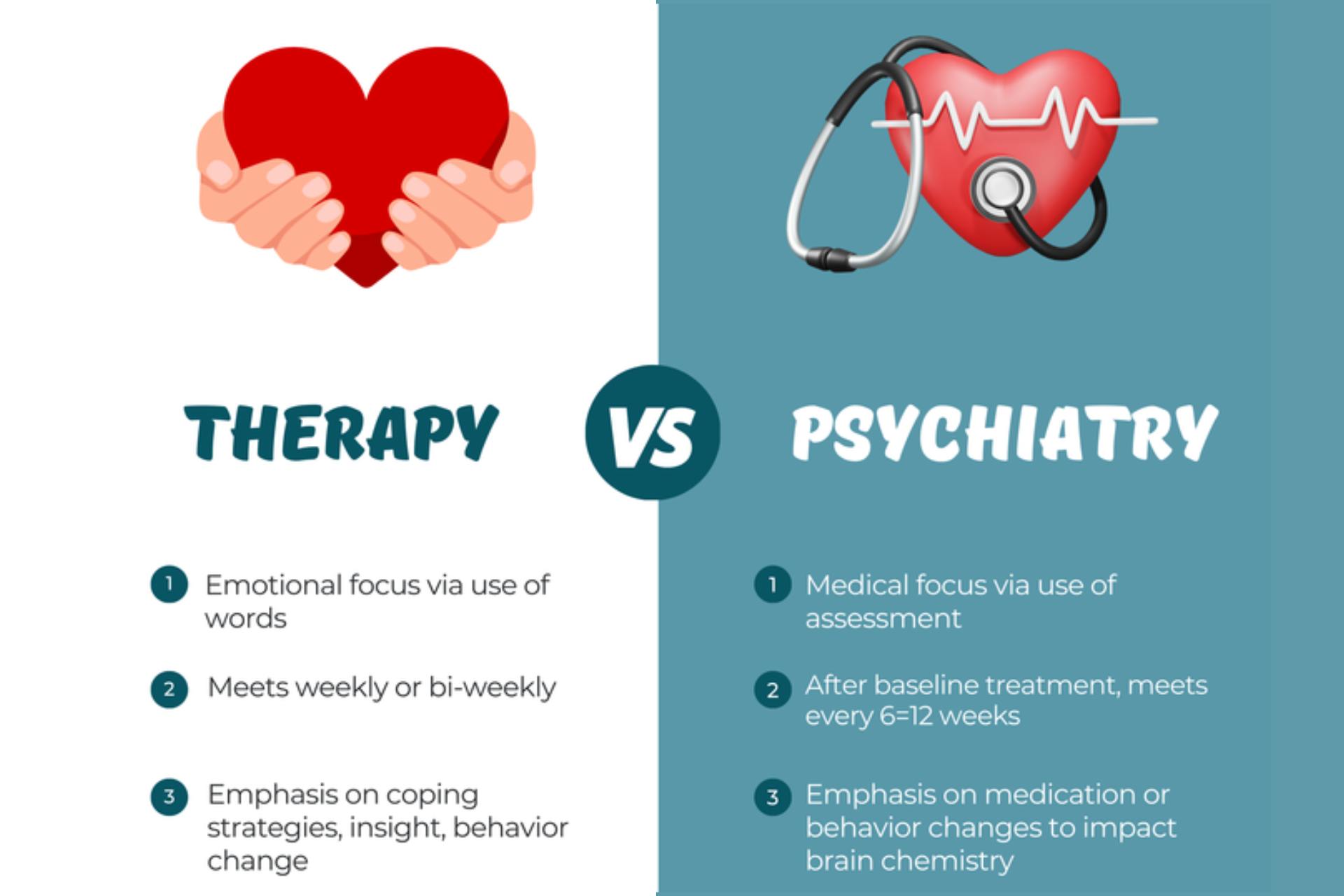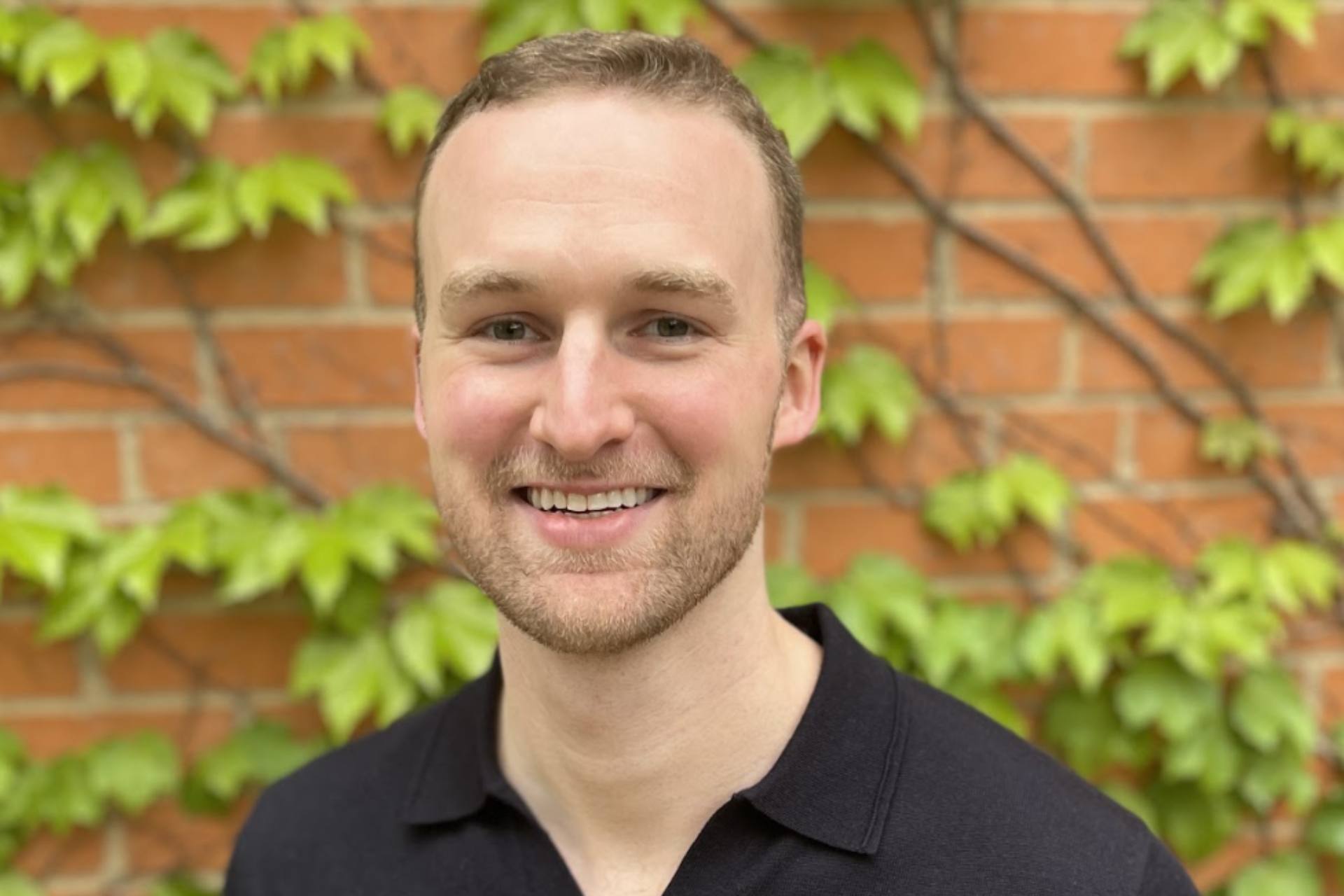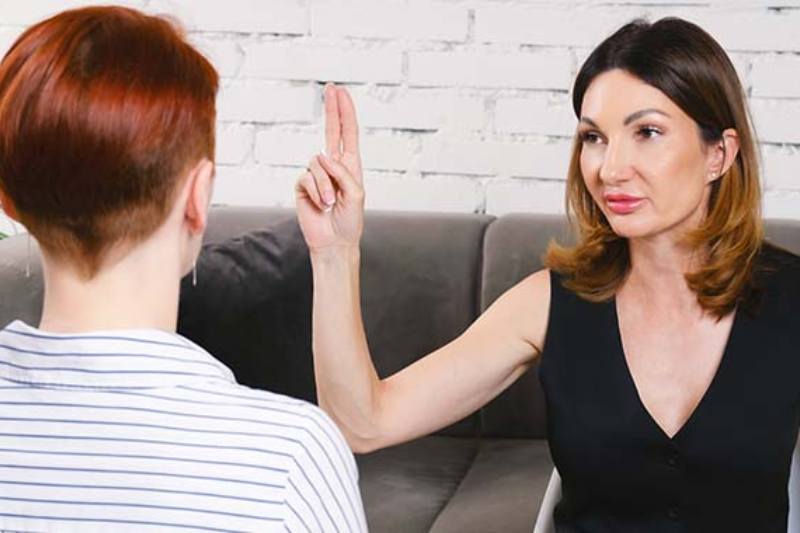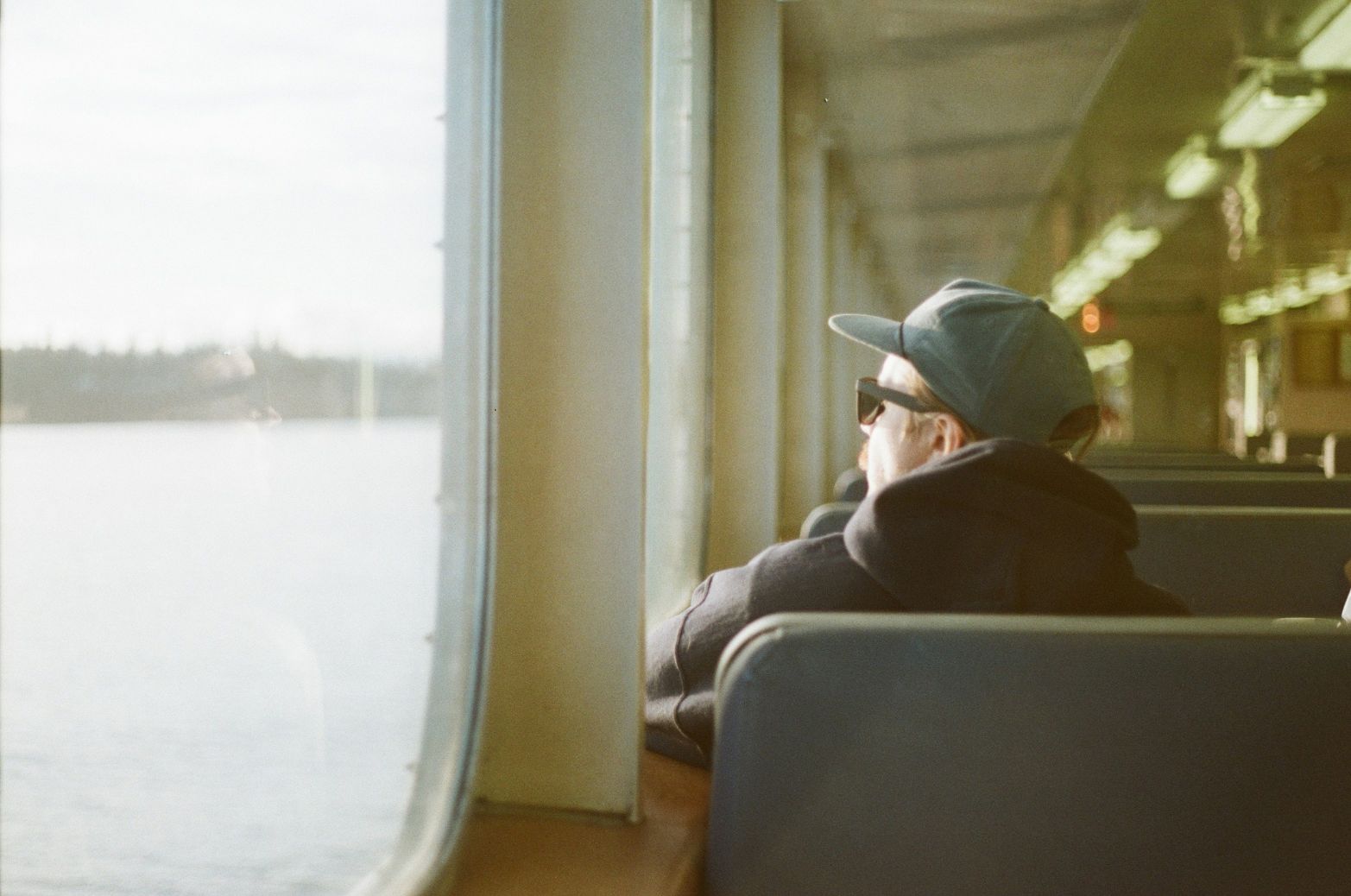
Highlights: Seasonal Affective Disorder in Seattle
- As Seattle’s “big dark” sets in, thousands of residents experience seasonal affective disorder (SAD), a form of depression triggered by reduced daylight.
- Symptoms include fatigue, low motivation, trouble concentrating, sleep changes and loss of interest in usual activities.
- Light therapy, vitamin D supplements, exercise and psychotherapy are proven treatments for winter depression.
- Our therapists recommend getting outside at midday, starting behavioral changes early in the fall and staying socially connected through the season.
- Reframing winter as a time for rest, reflection and slower living can help shift your mindset.
- If symptoms persist, our SAD therapy in the Pacific Northwest can help you restore energy, mood and motivation.
When the time changes and “the big dark” descends on Seattle, so does an epidemic of seasonal affective disorder. Light therapy lamps come out, people hunker down for longer nights and grayer days, and dreary, cold rain seems to dampen the whole city’s mood.
Makenna Schumacher, a Seattle-area native, said she didn’t realize how much trouble she had coping with dark winters in Washington until she noticed a pattern a few years ago.
“The doom and gloom came, and it just got harder and harder to get up and do things,” she said, noting that normally she is a very motivated person who finished her MBA in 2019. “I started to feel this wave of darkness or tiredness on me all the time.”
Like many people who experience SAD, Schumacher started getting symptoms in her early 20s. She spoke to her therapist and a doctor, who suggested she take vitamin D supplements after tests found low levels in her blood. She also forced herself to get up in the morning to take walks and to make more plans with friends at night.
The good news is that knowing what was wrong helped. Many people can lessen the symptoms of seasonal depression in Washington with a few lifestyle changes, and Schumacher was no exception.
“The sooner you start planning for winter, the better,” she said.
Here’s some advice for coping with seasonal affective disorder, but if you can’t seem to feel better on your own, come to us for SAD therapy in Seattle.
How common is seasonal affective disorder?
SAD is more than just being a bit down when the seasons change. It’s a significant mental health issue that severely interferes with people’s abilities to handle the daily tasks of life.
People with SAD have trouble concentrating, become socially withdrawn, perform poorly at work or school, and often can’t sleep. The University of Washington Medical School says it often begins in young adulthood, and it affects more women than men.
About 5 percent of American adults experience seasonal affective disorder, and another 20 percent exhibit symptoms even if they don’t meet the full criteria, according to the American Medical Association.
It is even more common at high latitudes like in Seattle because of the lack of daylight, according to a study in the Journal of Affective Disorders.
What are some warning signs of seasonal affective disorder?

When someone starts to internalize the gray weather, that’s a sign they could be experiencing SAD, said Carrie McColloch, a licensed therapist at Puget Sound Psychotherapy.
A low mood starting in the fall and a noticeable decrease in taking pleasure in activities you normally enjoy are classic signs. It may be diagnosed as seasonal affective disorder when those feelings last for more than a couple days.
“If you’re going a week or two, and you’re like, ‘Wow, I can’t even walk the dog,’” McColloch said. “That’s probably a signal that it’s time to ask for help.”
What are other symptoms of seasonal affective disorder?
SAD symptoms can mimic those of general depression, but it’s important to recognize if they seem to happen at the same time of year. Some people can even experience it when the weather changes in the spring.
Be on the lookout for:
- Persistent fatigue and excessive sleepiness, even after adequate rest
- Loss of motivation or pleasure in usual hobbies and relationships
- Irritability, anxiety or feelings of guilt and hopelessness that worsen in darker months
- Difficulty concentrating or making decisions, with slower thinking
- Changes in appetite and weight, often craving sweets or carbs
- Physical and emotional withdrawal, sometimes accompanied by headaches or low libido
How do you treat seasonal affective disorder?

Many interventions can help people with seasonal affective disorder. They can include light therapy, psychotherapy, antidepressant medication and Vitamin D supplements, if blood tests show you are deficient.
Besides clinical treatments, there are several strategies that our therapists and other residents suggest to cope with winter depression.
Start making behavioral changes early. “For my clients, I recommend getting the SAD lamps that simulate the sun out early and starting daily walks now, so those habits are easier to maintain when the darkest days set in.” — Carrie McColloch
Maximize exposure to light. “Getting outside any time of day to expose yourself to direct sunlight really helps synchronize your body’s circadian rhythm. Even if the weather is cloudy and gray, it still makes a difference.” — Evonne Noble
Get your body moving with frequent walks and regular exercise. “Making the effort to get out of my house and move every day is big. Even a little walk around the block helps,” Schumacher said. Walking regularly is proven to be as effective if not more than antidepressants for most people.
Reconsider winter as a time to do something special. “Taking a trip to Stockholm and seeing how they embraced winter helped me shift my thinking: I now see winter as an opportunity to live differently, to welcome the quiet and the chance to slow down.” — Barbara Gorham
Make a point to reach out to friends and make plans to stay social. “I try to balance times of slowness so I don’t isolate. Even mellow social activities help me feel better, as I’m generally happier around people.” — Noah Forslund “Every year, I host a solstice party focused on moving from darkness back towards light.” — Nicole Sadow-Hasenberg
Embrace the season for what it is, rather than only wishing for summer. “I keep telling myself there’s no such thing as bad weather, just bad clothing. I make a point to go outside daily, even if it’s raining, and keep my indoor space cozy with blankets and scents. I see this season as a time for reflection and gentle resolutions.” — Chelsey Buckham

Try shifting your schedule to make the most of the light. “I know coming home at 5:30 p.m. when it’s already dark can be hard. For that, I get up earlier to have some daylight leisure time. An inventive free alarm app called Alarmy that forces me to get up by having to complete ‘missions’ to turn it off. It makes mornings easier!” — Kaleigh Jodice
SAD coping strategies really do work
Schumacher said she used to dread winter, but a few years ago she started implementing many of those suggestions. And she feels fortunate to have had the curiosity about what was really happening and that she reached out for help.
“I feel like last year I actually put it into practice really well,” she said. “Now I’m less scared of the winter season, that’s for sure.”
If you feel like you could benefit from additional help, our Seattle clinicians specialize in SAD treatment. Click here to fill out our intake form to get started.
